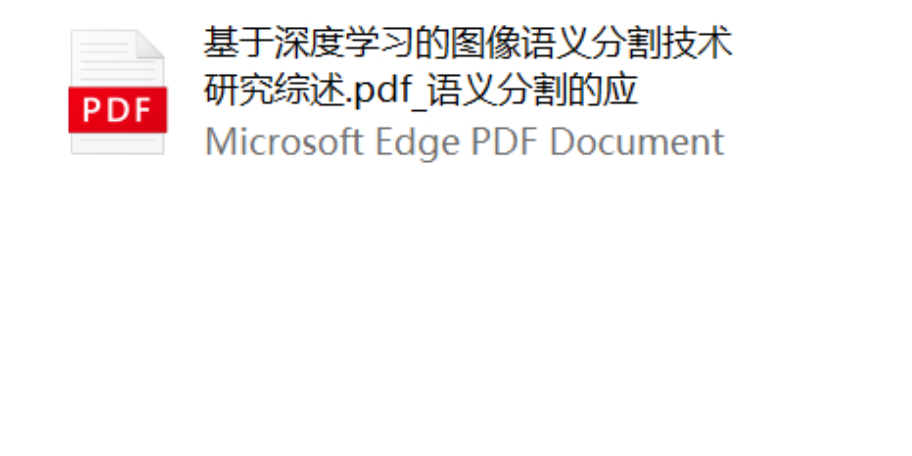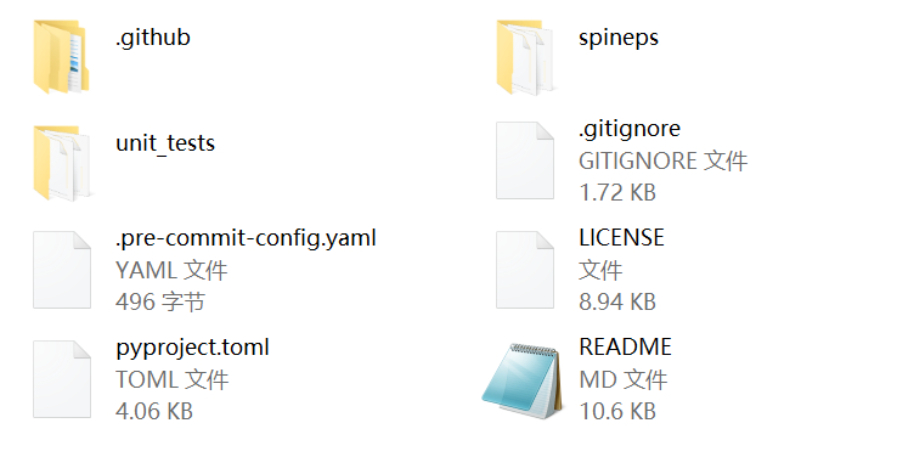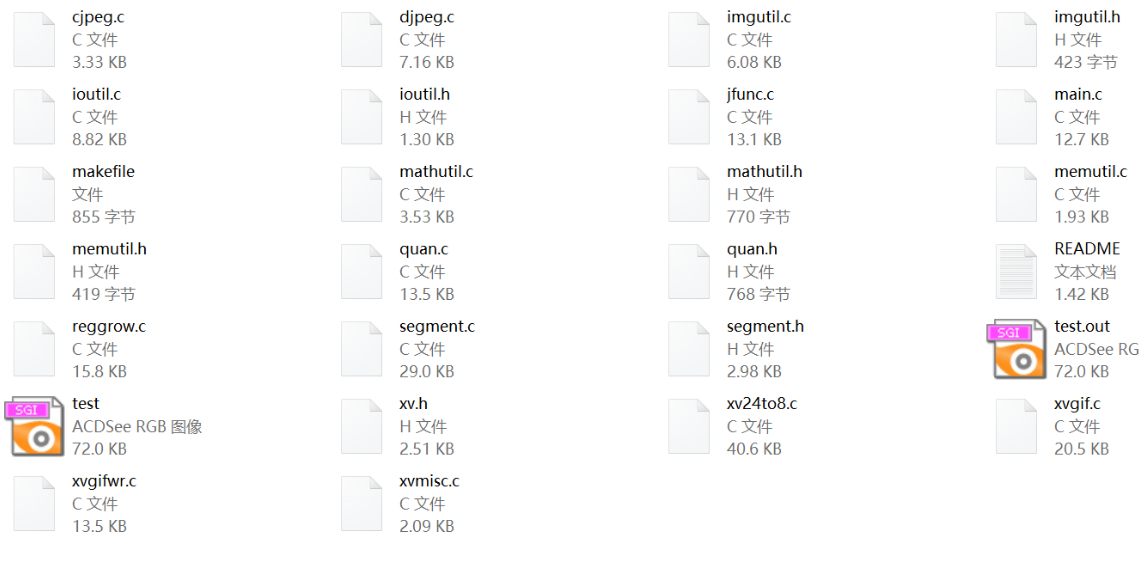
28.08MBZIP
Image processing is a very important branch in the IT field, and hyperpixel segmentation is a key technique in image processing. Hyperpixel segmentation technique aims to organize the pixels in the original image into higher-level structures - hyperpixels - according to specific rules, which usually have more consistent color, texture, and lighting characteristics and smoother boundaries. This segmentation method helps to improve the efficiency of image analysis and understanding, especially in the image preprocessing stage, and can simplify subsequent tasks such as feature extraction and target detection.
"LSC is an algorithm for hyperpixel segmentation based on the theory of Self-Organizing Map (SOM). The algorithm is based on the Self-Organizing Map (SOM) theory, and segments the image by local color information, so that the resulting hyperpixels have a high degree of color consistency.The advantage of the LSC algorithm is that it is able to generate uniformly sized hyperpixel regions while maintaining the integrity of the image boundaries, which brings a lot of convenience to image processing.
The "lsc_smile9hy" in the title "LSC.zip_LSC Segmentation_lsc_smile9hy_Image Segmentation_Ultra Pixel Segmentation" may refer to a specific implementation or a variant of the LSC algorithm, which may have been developed by the "Smile9hy" team or an individual. It may have been developed by the "Smile9hy" team or an individual. This implementation may contain some optimizations or improvements to suit specific application scenarios, e.g., increased segmentation speed, enhanced boundary processing, etc.
In the zip package "lsc_matlab", we can assume that it contains the code of the LSC super-pixel segmentation algorithm implemented in MATLAB, which is a programming environment widely used in scientific computing and engineering fields, and is often used to develop image processing algorithms. Users can download and run the codes to apply the LSC algorithm for image segmentation in their own projects.
The steps for hyperpixel segmentation using the LSC algorithm usually include the following parts:
1. **Data preprocessing**: operations such as normalization and noise reduction are performed on the input image to reduce the effects of factors such as noise and uneven illumination.
2. **Initialization**: Creates an initial grid of hyperpixels, usually based on the size of the image and the desired number of hyperpixels.
3. **Iterative optimization**: Adjusting the boundary of each superpixel according to the local color information to make its internal pixels similar in color, while taking into account the differences between adjacent superpixels to ensure the smoothness of the overall segmentation.
4. **Termination condition**: the optimization process is stopped when the boundaries of the hyperpixel no longer change significantly or when a preset number of iterations is reached.
5. **Post-processing**: It may be necessary to merge or split the generated hyperpixels to eliminate areas that are too small or too large and to further improve the quality of the segmentation.
The LSC hyperpixel segmentation technique is an effective image processing tool, especially for scenarios that require fine-grained analysis of images. The LSC algorithm code implemented in MATLAB allows researchers and developers to utilize this technique more conveniently to segment images and provide high-quality inputs for subsequent image analysis.
Resource Disclaimer (Purchase is deemed to be agreement with this statement): 1. Any operation on the website platform is considered to have read and agreed to the registration agreement and disclaimer at the bottom of the website, this site resources have been ultra-low price, and does not provide technical support 2. Some network users share the net disk address may be invalid, such as the occurrence of failure, please send an e-mail to customer service code711cn#qq.com (# replaced by @) will be made up to send 3. This site provides all downloadable resources (software, etc.) site to ensure that no negative changes; but this site can not guarantee the accuracy, security and integrity of the resources, the user downloads at their own discretion, we communicate to learn for the purpose of not all the source code is not 100% error-free or no bugs; you need to have a certain foundation to be able to read and understand the code, be able to modify the debugging yourself! code and solve the error. At the same time, users of this site must understand that the Source Code Convenience Store does not own any rights to the software provided for download, the copyright belongs to the legal owner of the resource. 4. All resources on this site only for learning and research purposes, please must be deleted within 24 hours of the downloaded resources, do not use for commercial purposes, otherwise the legal disputes arising from the site and the publisher of the collateral liability site and will not be borne! 5. Due to the reproducible nature of the resources, once purchased are non-refundable, the recharge balance is also non-refundable













![Segmentation of human spine images based on Unet [Contains dataset, complete code, and result files for training].](https://code711.cn/wp-content/uploads/2024/09/20240912145712-66e30148a4f7a.jpg)








